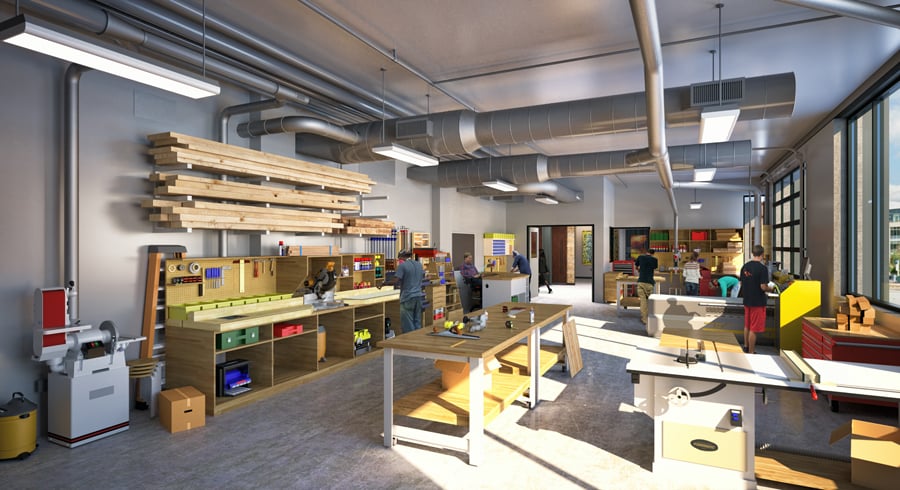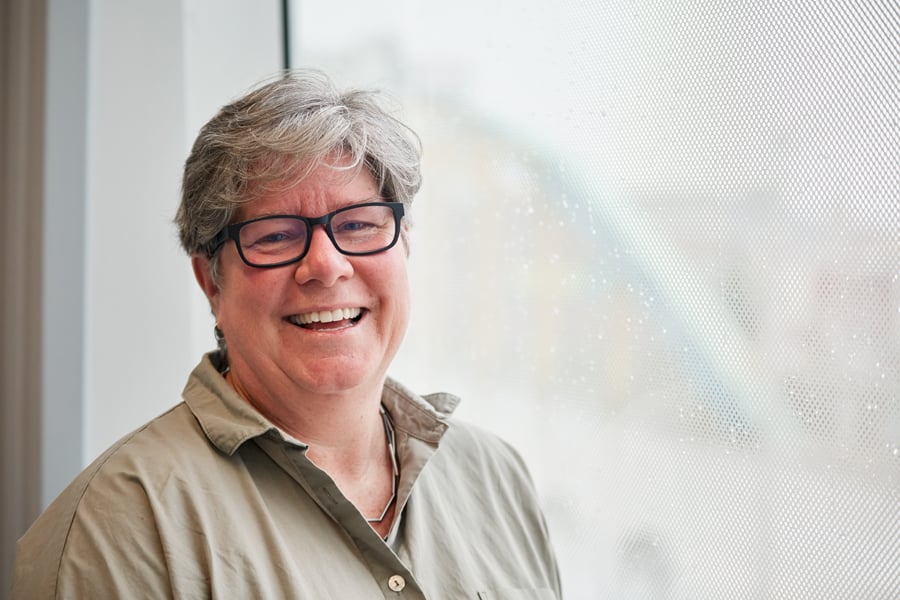
August 7, 2017
“Baltimore Is a Blank Slate,” and That Makes It Ripe for Design
So says Leslie Speer, the head of MICA’s new product design program.

Product design graduates are caught in between worlds. Good design, they’re taught, follows from sustainable practices of production and labor ethics. Yet, good—and bad—design is dependent on cheap or destructive materials such as styrofoam, as well as exploitative labor. This conundrum is further strained by price point—good design should be accessible to all.
“These are the weird cognitive dissonances that you experience when you are a product designer—it’s a schizophrenic world,” says Leslie Speer of the Maryland Institute College of Art (MICA) in Baltimore. “It’s important to understand the idea of ‘trade offs,’ and that there is no perfect solution in anything.”
An award-winning educator with an impressive industrial design career, Speer was recently named head of MICA’s product design program, set to launch this fall. She is building the curriculum from scratch, and she wants to embed these overarching concerns into it.
First thing, she says, is to assemble a faculty made up of people “who embrace the distinct possibility that the world of product design is going through a huge change. There are older ways [of designing and fabricating], but students need to understand how important the new methods of sustainability are.” In other words, new students shouldn’t settle for conventions, either past or present; instead, they should demand the future, just as product design consumers are already doing. This means not merely training designers to go on to work in firms or corporations, which isn’t enough anymore.

The second goal, Speer says, is to instill a proactive entrepreneurial spirit, something Baltimore is particularly ripe for. She describes how surprised she was at the local support of start-ups after attending the winner’s ceremony for MICA’s UP/Start Venture competition, which invited students and graduate entrepreneurs to put together business plans and presentational materials. “I was anticipating the reveal of the winners, and it turns out that the pool of money was $100,000—all raised from local donors. At my previous school [San Jose State University], I never saw fundraising like that, and that was in Silicon Valley! To see that level of commitment of locals to give to start up companies was just so revealing to me.”
Baltimore is not the first city you think of when it comes to design. But things are changing, not least because of how affordable the city is. In New York and Los Angeles, young designers in particular have to hustle just to make ends meet, compromising idealistic goals in the process. The standard of living available in Baltimore, by comparison, makes it more conducive both to lofty ideation and practical experimentation. Set to open fall 2017, and with state-of-the-art maker spaces, MICA’s new Dolphin Design Center will enable students to quickly prototype their ideas and engage in dialogues about their potential impact.
Besides, being in a city without a reputation for design is a plus, says Speer. “One of the questions from colleagues was ‘Baltimore? No famous design offices there.’ I take that as a blank slate—we can define what product design is in Baltimore, and it’s coming from the students.”







